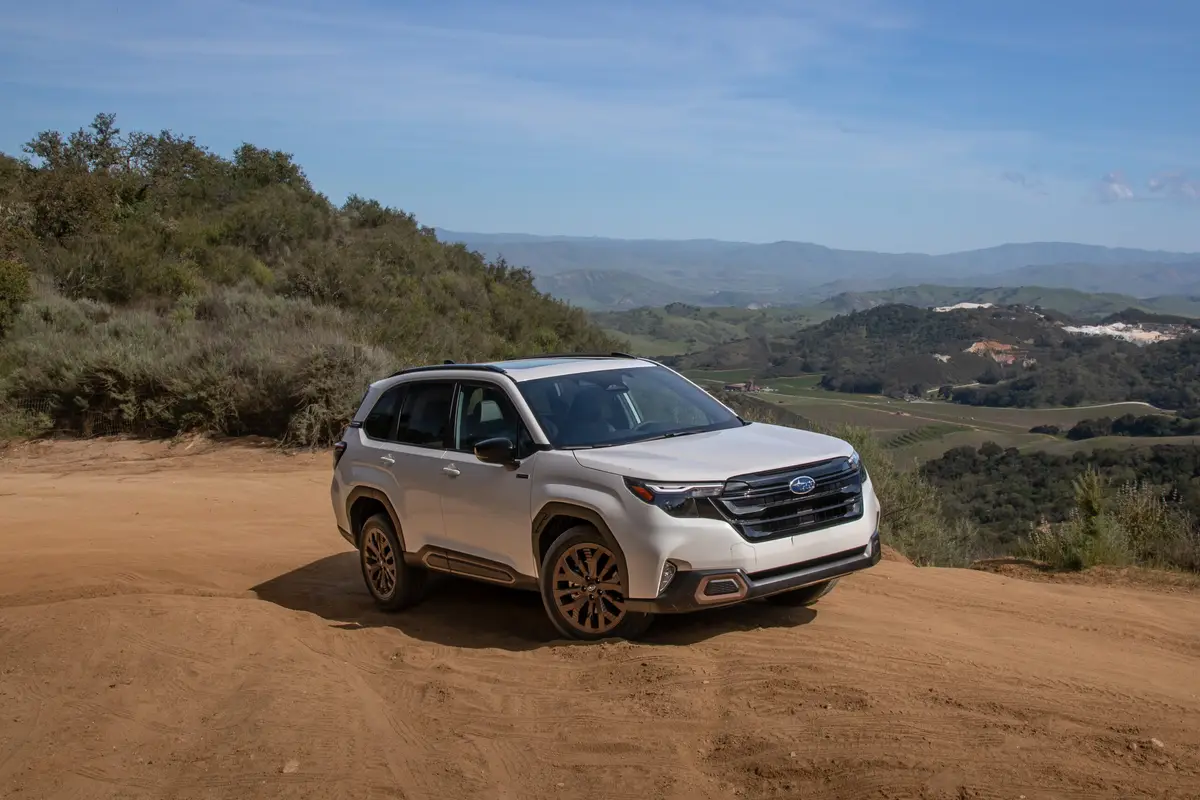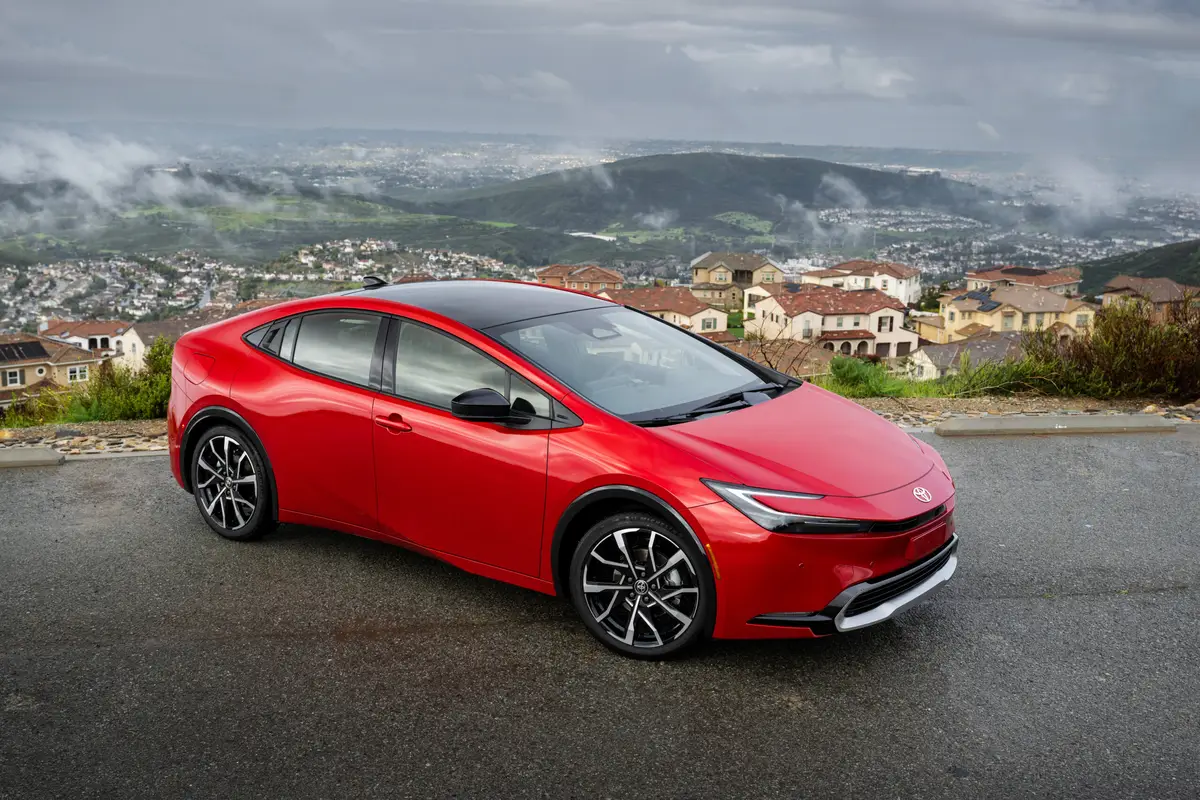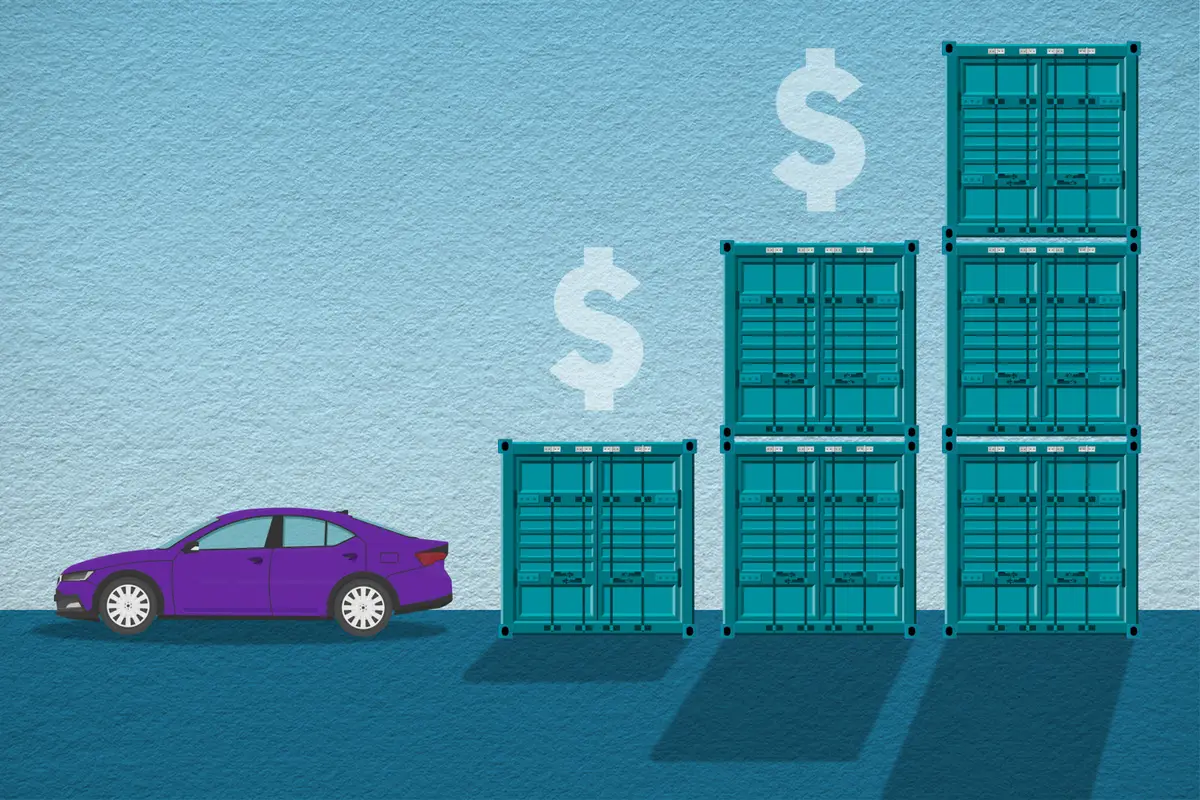When Will Used-Car Prices Drop? 3 Things Car Shoppers Should Know

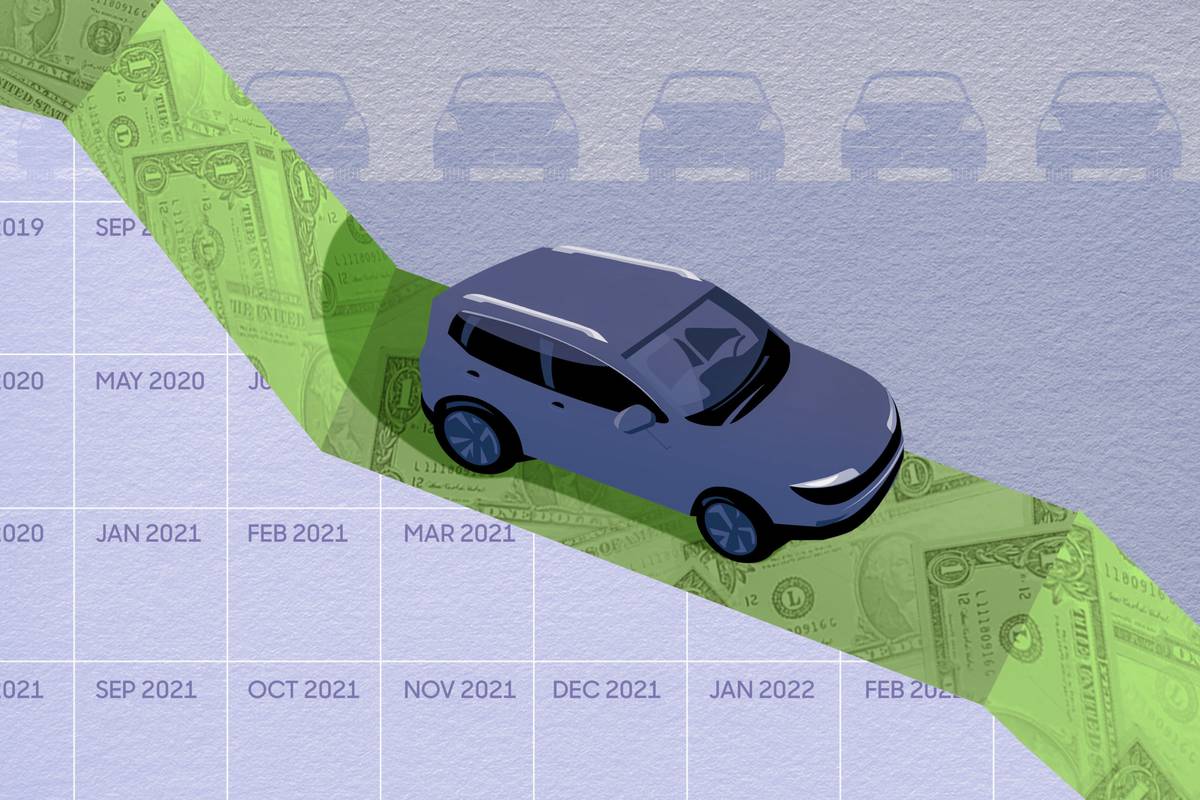
As the old adage goes, buying a used car will save you money. Budget-conscious shoppers are traditionally advised to choose a reliable used vehicle to avoid the higher price and initial depreciation on a new car. But over the last year and a half, nothing about the used-car market has been traditional. The inventory shortage, which began in 2021 and has dragged into 2022, initially impacted new vehicles, but skyrocketing demand and pricing soon followed for used cars.
Related: Should You Buy Now or Wait to Save on a Car?
While it’s still possible to save on a used car versus a new one, shoppers should be prepared to pay a relative premium if they intend to buy used in the current landscape. Expert forecasts say used-car prices will parachute down over the next couple of years, and with help from that — plus Cars.com used-vehicle data — we outlined the key insights about the used-car market today, where it’s headed, and how shoppers can plan and finance the purchase accordingly.
1. Buying Used Isn’t What It Used to Be
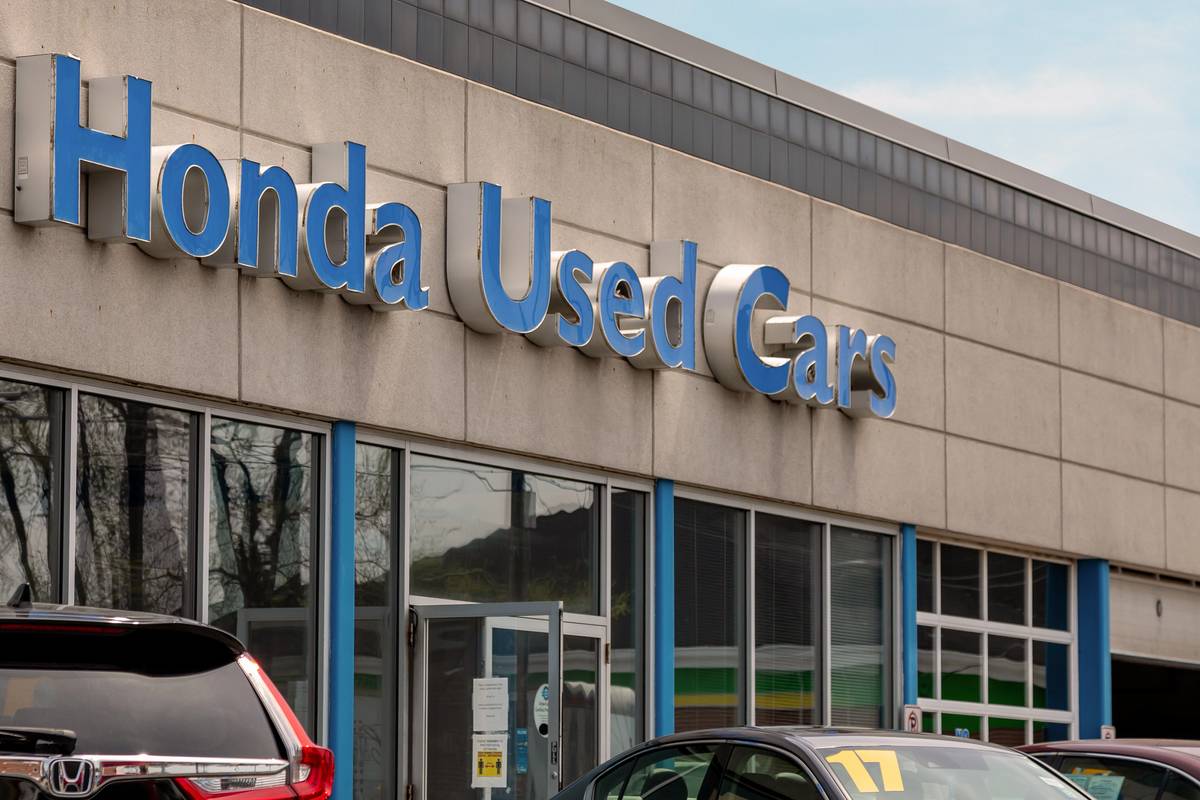
Before the inventory shortage, buying a used vehicle allowed shoppers to pay less for the same vehicle versus when it was new; it also let them bypass new-car depreciation, traditionally estimated at 20% as soon as you drove the car off the lot. But such savings are no longer guaranteed today. Based on a price analysis of used-vehicle inventory among Cars.com dealers, median used-vehicle prices started their ascent in January 2021, and after a steady upward trajectory, they reached a peak of around $25,500 in February 2022. Since then, prices have remained elevated compared to previous years but have seen a modest dip in recent months: The median price for all used models was approximately $24,000 in July.
Before any COVID-19-related disruptions, the median price for a used vehicle among Cars.com dealers in July 2019 was approximately $17,500. By July 2022, that median price jumped 37%. In the same span, the savings when buying used instead of new also evaporated: In July 2019, the median price for a used vehicle of any model year was 49% that of a new vehicle. Fast forward three years, and the median price of a used vehicle is now 61% that of a new vehicle.
David Paris, senior manager of market insights at J.D. Power, says the disruptions to new-vehicle production are to blame for this drastic jump in used-car prices.
“I don’t think anyone expected the supply-chain disruptions that we experienced on the new side of the market, which ultimately sent used prices to the moon,” Paris wrote in a January email to Cars.com. “As soon as January 2021 rolled around, used prices began a rapid increase, which lasted through the summer selling season.”
Paris added that J.D. Power saw a “small pullback on prices [last] summer,” but it proved short: “Since that point in time, we’ve seen steady increases throughout the close of the year.”
The state of new-vehicle production and inventory impacts how long used-car prices will remain elevated. Paris expects inventory constraints to drag on through 2022, but he said production should begin recovering toward the end of the year.
2. Cars Are Spiking More Than Trucks, SUVs

Although used-vehicle prices are up across the board, the rate of increase varies by vehicle age and type. Cars.com data indicates that older used cars have seen the largest spike, while newer models have seen a more modest increase.
Older Used Cars
- In July 2019, a 3-year-old used vehicle (i.e. model-year 2016) had a median list price of $22,675. By contrast, the median list price in July 2022 for a 3-year-old car (a 2019 model) was $33,292 — a 47% spike over the course of three years.
- The increase gets more severe when you look at older cars. A 5-year-old (2014) model in July 2019 had a median list price of $15,999, while a 5-year-old (2017) model in July 2022 carried a median price of $25,891. That’s a 62% jump.
- The most dramatic increase is for much older vehicles. A 10-year-old (2009) used car in July 2019 had a median price of $7,997. That’s now catapulted to $16,331 for a 10-year-old (2012) model in July 2022 — a whopping 104%.
Granted, some of that needs to be contextualized against the upward creep in pricing for those used cars when they were new. In late 2018, the average transaction price on a new car was $34,292, up from $32,000 in late 2016, according to J.D. Power. In late 2014, it averaged $30,874. But these increases amount to single-digit percentage gains — not enough to offset the spike in used pricing years later.
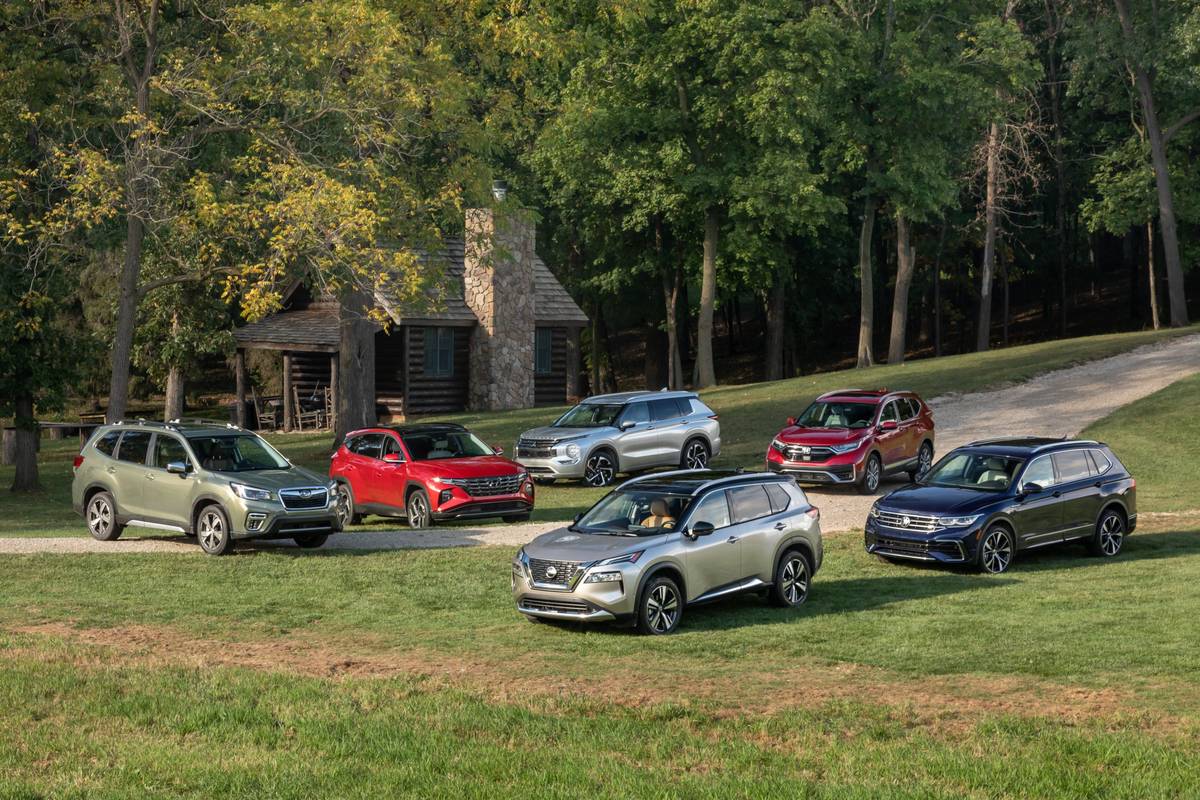
Cars Vs. SUVs and Pickups
Interestingly, the most in-demand vehicles did not experience higher price increases than average, possibly because automakers shifted production their way, and inventory did not plummet as much as for slower-selling cars.
A notable difference exists by vehicle type, however, with prices ballooning more dramatically for cars than for pickup trucks and SUVs. For example, the median price of a 3-year-old Toyota Camry in July 2022 was up 62% over the same metric in July 2019. In the same timeframe, a 3-year-old Ford F-150’s median price increased a more modest 32%, while a 3-year-old Toyota RAV4’s median price increased by 58%.
We analyzed a selection of top-selling cars, pickups and SUVs to chart the rise in median pricing for used examples of all model years among Cars.com dealers between July 2019 and July 2022. Here’s what we found for the nameplates below, excluding any hybrid variants:
- Sedans, coupes and hatchbacks (Honda Accord and Civic, Nissan Sentra, and Toyota Camry and Corolla) increased 29%-49%, depending on model.
- Pickup trucks (Chevrolet Colorado and Silverado 1500, Ford F-150, and Toyota Tacoma and Tundra) increased 16%-41%, depending on model.
- SUVs (Honda CR-V, Jeep Grand Cherokee, Nissan Rogue, and Toyota Highlander and RAV4) increased 21%-33%, depending on model.
As expected, 10-year-old examples of the top-selling vehicles above saw a more dramatic spike across all vehicle types between July 2019 and July 2021. Cars once again saw the most dramatic surge followed by SUVs and pickup trucks:
- Median pricing for 10-year-old cars increased 108%-156%
- Median pricing for 10-year-old pickups increased 55%-70%
- Median pricing for 10-year-old SUVs increased 66%%-133%
J.D. Power reports a similar trend with wholesale vehicle prices.
“Mainstream segment prices closed out [2021] up between a range of nearly 61% for small cars to 28% for mid-size pickups, while premium prices ended the year up between 34% for compact premium SUVs to 21% [for] large premium cars,” Paris wrote. “On the mass-market side, passenger-car prices outperformed SUV and truck counterparts, due in large part to their shrinking footprint in the new-vehicle marketplace and lower levels of wholesale volume, in addition to their general affordability compared to SUVs.”
3. Used-Car Prices Will Drop: Here’s How to Prepare
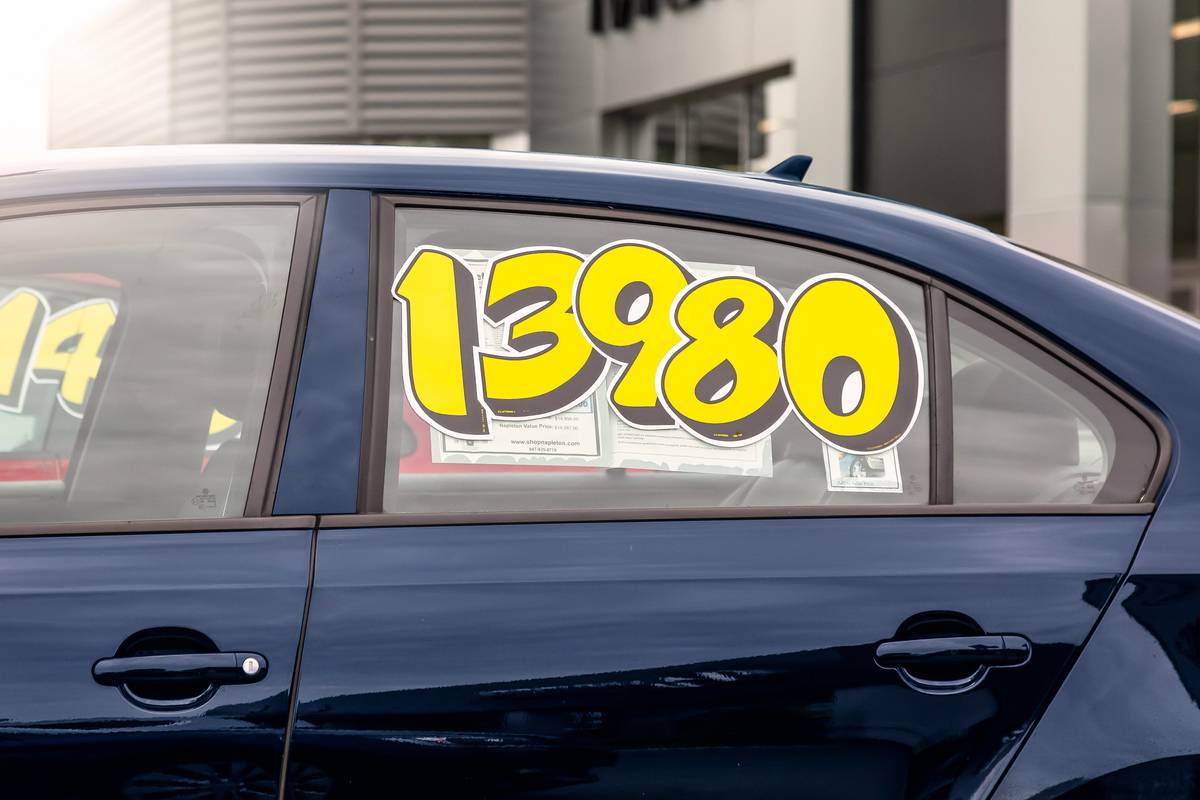
As new-car inventory begins to stabilize, J.D. Power forecasts that used-vehicle values will begin their descent to more normal levels by late 2022 and into 2023.
“We do expect used prices to cool once new-vehicle production and inventories begin to recover,” Paris said. “This year, we expect many of the hangover factors to begin dissipating, causing residual values to begin moving back toward normal levels.”
Paris forecasted that residual values on 3-year-old vehicles will dissipate from 68% right now to a “historically high” new normal of 54% by 2024.
According to an Automotive News report from December 2021, consulting firm KPMG predicts a dramatic dip in used-vehicle prices will precede the stabilization of new-vehicle inventory. The firm reportedly expects used-car prices to drop 20%-30% sometime in the months after October 2022. While the expected drop will spell relief for shoppers who wait to buy a used car, it can be detrimental to those who financed a vehicle amid the currently inflated prices and need to trade it in.
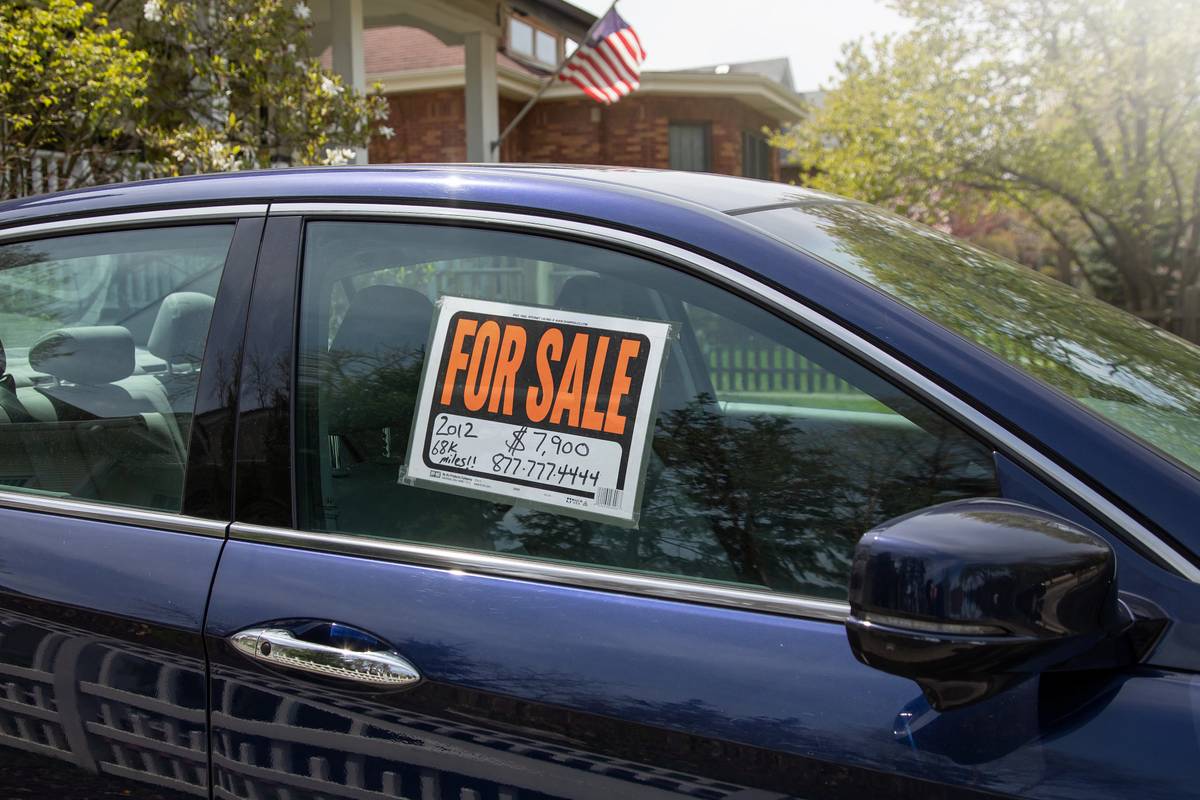
Used shoppers who have the luxury of time should wait to buy a car until prices fall. But those who aren’t able to put off a purchase should plan ahead, remain flexible and understand the implications of taking on a larger loan amount or longer loan terms to accommodate the purchase.
- Plan ahead: Even during the inventory shortage, traditional car-buying advice still applies. Determine how much you can spend and stick with that budget; shop around for the best deal from dealerships and private sellers. More than ever, the inventory shortage means it’s important to remain flexible and be ready to purchase as soon as you locate the right vehicle.
- Beware of long-term loans: The impact of rising used-car prices is reflected in higher average monthly car loan payments: According to Experian, the average monthly payment on a used car was $503 in the first quarter of 2022 — up from $413 for the same timeframe in 2021. While a long-term auto loan can reduce a shopper’s monthly payments, it comes with drawbacks, like a higher overall cost to finance the vehicle and a higher probability of being upside down (which is to say, owing more money on your car than it’s currently worth). That risk becomes a greater concern when used-car values start to drop in the coming years.
- Leverage your trade-in: Rising used-car values, especially on older models, can be a welcome surprise for shoppers who have a vehicle to trade in. According to J.D. Power’s July forecast, the average trade-in equity is estimated at $10,083, up 37% from a year ago. To avoid the risks above, consider putting your trade-in equity toward the down payment on a used car to reduce the total amount financed instead of justifying a more expensive purchase.
More From Cars.com:
- Should You Buy Now or Wait to Save on a Car?
- How Long Will the Vehicle Inventory Shortage Last?
- Inventory Shortage Leaves Little Room for Haggling; Here Are 5 Other Ways to Save on Your Car Purchase
- Inventory Shortage Update: Should You Wait to Buy a Car?
- Car Shoppers Face Shorter Supply, Rising Prices
Editor’s note: This story was updated on Aug. 5, 2022, to reflect Cars.com’s most recent used-car pricing data as of July 2022.
Cars.com’s Editorial department is your source for automotive news and reviews. In line with Cars.com’s long-standing ethics policy, editors and reviewers don’t accept gifts or free trips from automakers. The Editorial department is independent of Cars.com’s advertising, sales and sponsored content departments.

Former News Editor Jane Ulitskaya joined the Cars.com team in 2021, and her areas of focus included researching and reporting on vehicle pricing, inventory and auto finance trends.
Featured stories
